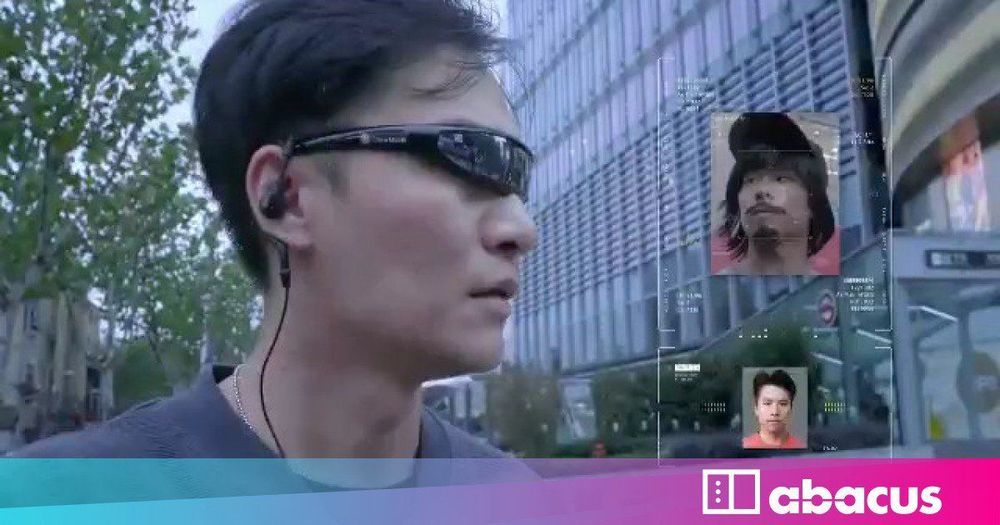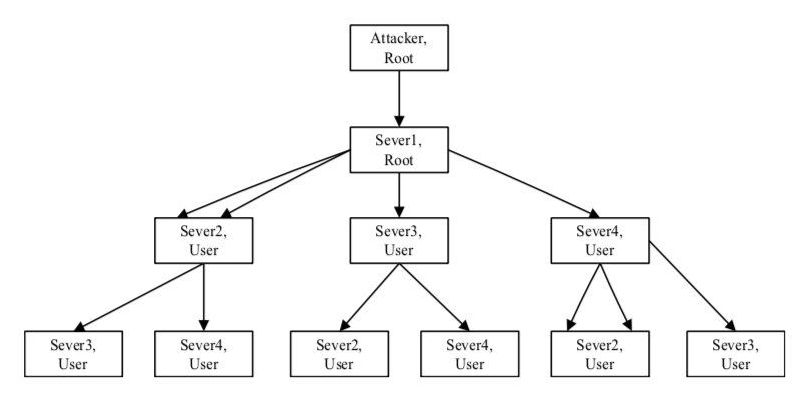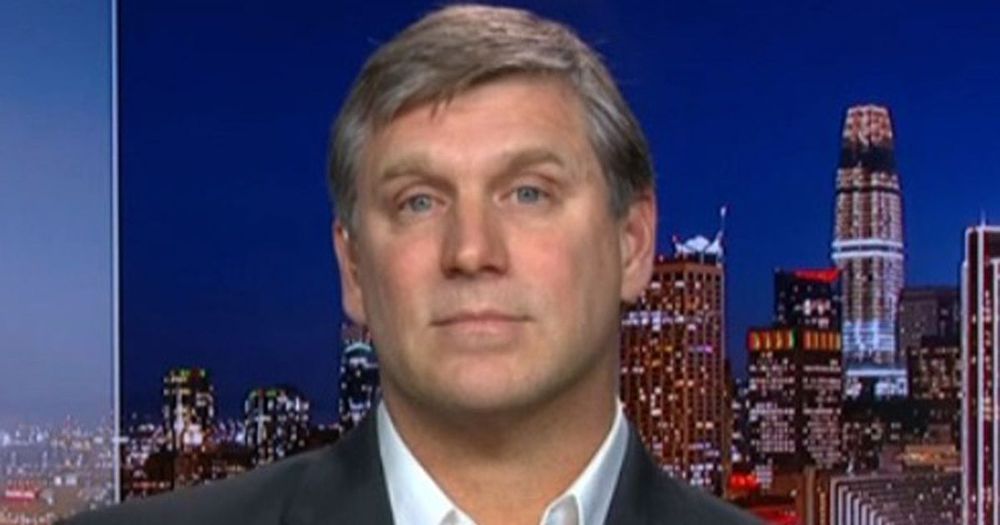It’s tempting for governments to throttle online access. But the drawbacks are glaring.



Companies and governments are gaining new powers to follow people across the internet and around the world, and even to peer into their genomes. The benefits of such advances have been apparent for years; the costs — in anonymity, even autonomy — are now becoming clearer. The boundaries of privacy are in dispute, and its future is in doubt. Citizens, politicians and business leaders are asking if societies are making the wisest tradeoffs. The Times is embarking on this monthslong project to explore the technology and where it’s taking us, and to convene debate about how it can best help realize human potential.
The New York Times is launching an ongoing examination of privacy. We’ll dig into the ideas, history and future of how our information navigates the digital ecosystem and what’s at stake.


“We joke that ‘The Martian’ would have been a much more boring movie,” said Justin Kugler, a vice president at Made In Space.
Fifty years after the first men walked on the moon, a new space race is underway, this one for a piece of what Wall Street analysts say could become a $1 trillion global space market. Around the world, companies such as Made In Space are launching — often literally — new products and services, building satellites to provide broadband internet, spaceships to take tourists on zero-gravity rendezvous, and mining equipment to extract minerals from asteroids.
On HoustonChronicle.com: Elon Musk injects ‘X’ factor into space quest with bold vision, mixed track record.
This post by Prof. Kevin Warwick originally appeared at OpenMind.
Article from the book There’s a Future: Visions for a Better World
If you could improve by implanting a chip in your brain to expand your nervous system through the Internet, ‘update yourself’ and partially become a machine, would you? What Kevin Warwick, professor of cybernetics at the University of Reading, poses may sound like science fiction but it is not; he has several implanted chips, which makes him a cyborg: half man, half machine. In this fascinating article, Warwick explains the various steps that have been taken to grow neurons in a laboratory that can then be used to control robots, and how chips implanted in our brains can also move muscles in our body at will. It won’t be long before we also have robots with brains created with human neurons that have the same types of skills as human brains. Should they, then, have the same rights as us?



A growing number of devices are now connected to the internet and are capable of collecting, sending and receiving data. This interconnection between devices, referred to as the Internet of Things (IoT), poses serious security threats, as cyberattackers can now target computers and smartphones, but also a vast array of other devices, such as tablets, smart watches, smart home systems, transportation systems and so on.
For the time being, examples of large-scale IoT implementations (e.g. connected infrastructure, cities, etc.) are somewhat limited, yet they could soon become widespread, posing significant risks for businesses and public services that heavily rely on the internet in their daily operations. To mitigate these risks, researchers have been trying to develop security measures to protect devices connected to the internet from wireless network attacks.
To this end, two researchers at Baoji University of Arts and Sciences, in China, have recently developed a new method to defend devices in an IOT environment from wireless network attacks. Their approach, presented in a paper published in Springer’s International Journal of Wireless Information Networks, combines a deep neural network with a model based on game theory, a branch of mathematics that proposes strategies for dealing with situations that entail competition between different parties.

I was live on Good Morning Britain this morning talking transhumanism and life extension. It’s one of the UK’s most popular news shows. The Mirror did a write-up of the story and there’s a 2-min video embed of the interview in the article to watch:
American journalist Zoltan Istvan said that humans will be able to download many versions of themselves onto the internet.